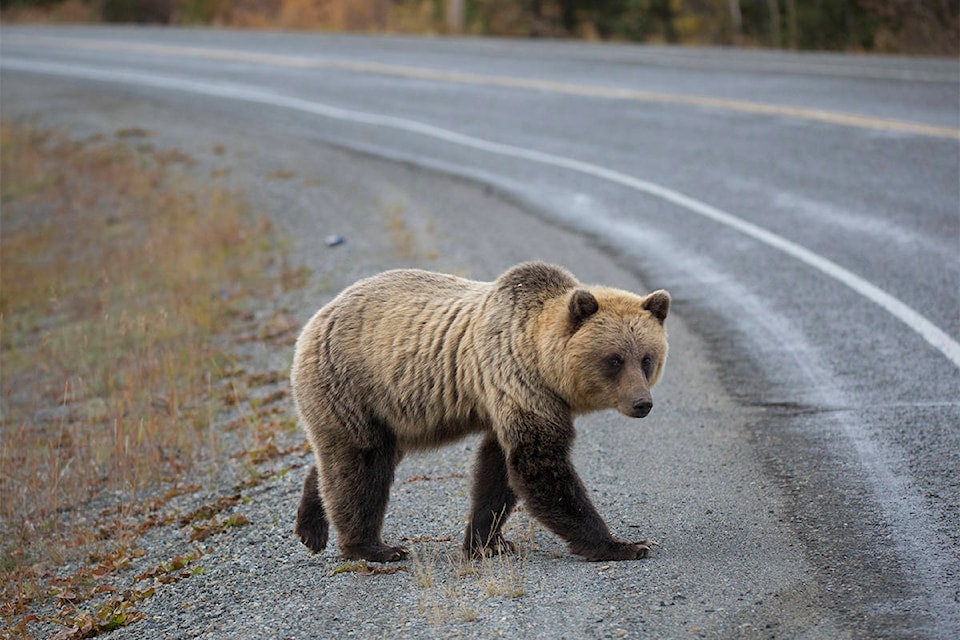Environment Yukon has released a report that compiles more than 30 years of big-game hunting and harvest data, something officials say offers a long-term look at how hunting practices and outcomes have evolved in the territory.
The report, which contains data about licenced harvests of moose, caribou, thinhorn sheep, wood bison, and black and grizzly bears from 1980 to 2014, was made public Dec. 7.
The information inside is nothing new, explained fish and wildlife director Christine Cleghorn — the department releases harvest statistics annually. It is, however, the first time that data spanning this many years has been put together in one spot.
“The intent of this report is to compile and share that information in a understandable way and in an effort to create awareness and consistency and understanding of what this picture looks like for all of our partners across the Yukon, whether that’s First Nations, renewable resources councils, the board, various organizations, NGOs,” Cleghorn told media at a technical briefing.
The year-to-year numbers have been formatted into bar graphs so trends, or the lack thereof, can easily be picked out: moose by and large remain the big game of choice for Yukoners, according to the data, and Yukoners have shown a steadily-growing appetite for hunting sheep. As well, while the number of Yukoners who obtain seals for black and grizzly bears has increased steadily since the mid-2000s, the number of bears actually harvested has remained the same.
Some other data requires external information to make sense — for example, while the harvest numbers for barren-ground caribou may seem erratic and patternless, the dramatic changes from year-to-year are correlated to where the Porcupine caribou herd chooses to winter. The years the herd has spent winter along the Dempster Highway show a sharp increase in the number of caribou harvested, while the years where the herd stays away from the highway have dramatically lower harvest numbers.
The report is available online at yukon.ca/sites/yukon.ca/files/env/env-licensed-harvest-trends-yukon.pdf
Contact Jackie Hong at jackie.hong@yukon-news.com
